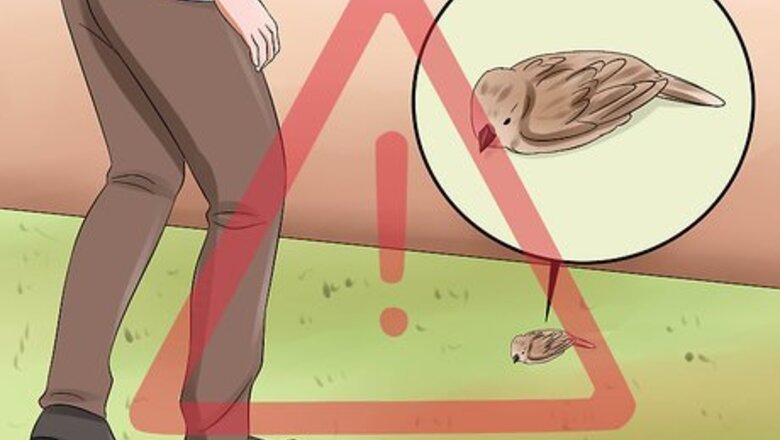
views
Caring for an Injured Bird
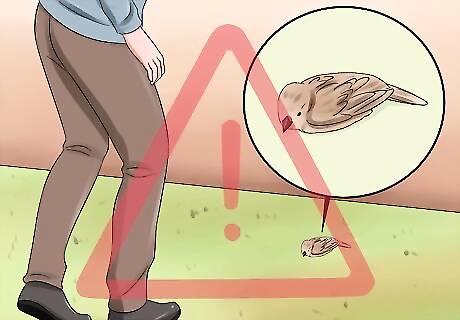
Refrain from interacting with the bird more than is necessary. More likely than not the bird has sustained a concussion, in which case it should be removed from all stimuli. Anything else will make its condition worse. If it has sustained injuries to its limbs, it will require professional assistance anyway.
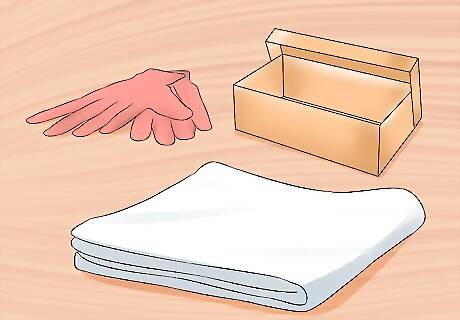
Be prepared. If birds frequently collide into your windows, be sure to keep on hand a towel, a small box (a shoe box is ideal), gloves, and, if possible, safety glasses
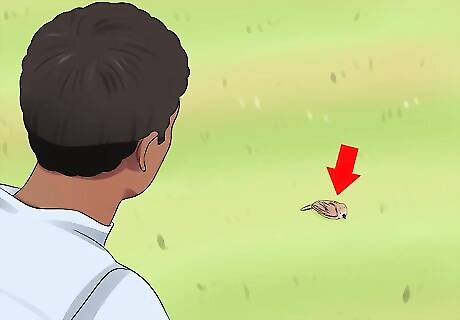
Observe the bird. Often the bird will only need a couple of minutes to recover. You should stay to watch the bird and ensure that no predators attack it before it recovers. If it does not recover within five or six minutes you should be more proactive. If you are not comfortable handling a bird you should call the local bird or wildlife rehabilitation center immediately. These can be located with the Wildlife Rehabilitation Information Directory. If the bird has a shoulder injury it might be able to fly for short distances horizontally. However, it will not be able to lift its wings above its shoulders or obtain any elevation in its flight. Shoulder or wing injuries will require skilled medical assistance and months of rehabilitation. If the bird seems to have extensive damage to its limbs, call the local bird or wildlife rehabilitation center. Conversely, if the bird seems unconscious the bird has sustained head trauma and will merely need a safe place to relax.
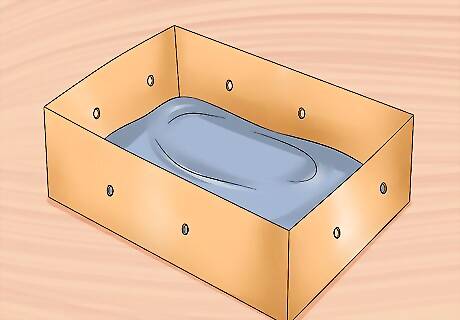
Get a paper towel and cardboard box. Removing all stimuli will significantly increase the probability of the bird recovering from a potentially fatal concussion. You want a small box that will block all incoming light. To make it comfortable you should line it with a paper towel or a soft cotton cloth. If the bird is larger, you can place a towel on the bottom of a paper bag and staple or tape the top the bag, leaving enough of a crack to allow for airflow. However, if the bird is large enough to potentially injury you, you should consider avoiding contact and calling for professional assistance immediately.
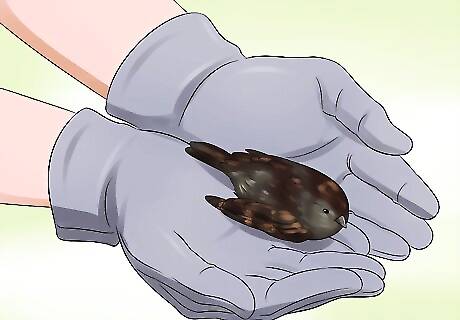
Pick up the bird. Use gloves and safety goggles if possible. Hold the bird upright so that it can breathe. Use a firm grip without squeezing. Hold by the wings, near the body.
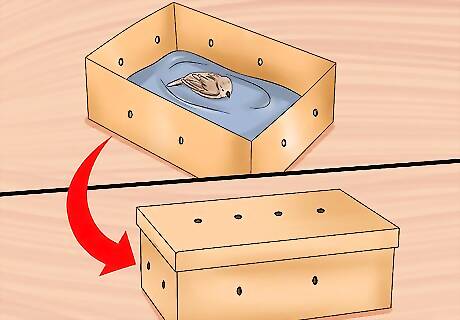
Place the bird into the box and shut the box lid. Make sure the box has breathing holes in it. Put the box in a warm sheltered location (out of direct sunlight). Keep it away from predators, including cats.

Check on the bird periodically. Observe the box every 20 minutes for about 2 hours. When the bird appears to have recovered take it outside.

Let the bird go. After two hours take the box outside to the woods. Remove the lid. Watch to see if the bird flies away.
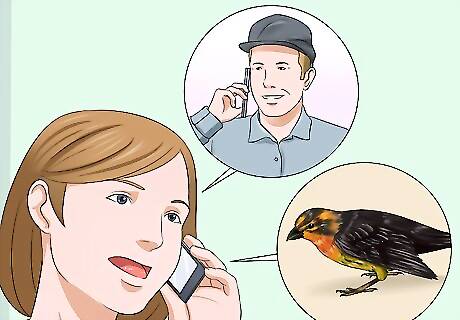
Call experts. If after two hours the bird is not able to fly away you should consult the Wildlife Rehabilitation Directory. Call an expert who can provide specialized care for the bird. Do not keep the bird in your possession for more than two hours. It is illegal to keep a wild bird. EXPERT TIP Roger J. Lederer, PhD Roger J. Lederer, PhD Ornithologist Dr. Roger Lederer is an Ornithologist and the founder of Ornithology.com, an informative website about wild birds. Dr. Lederer has spent over 40 years teaching, studying, and writing about birds. He has traveled to over 100 countries to study birds. Dr. Lederer is an Emeritus Professor of Biological Sciences at California State University, Chico, and has been a Department Chair of Biological Sciences and Dean of the College of Natural Sciences. He has written more than 30 research papers and 10 books on birds and a textbook entitled “Ecology and Field Biology.” Dr. Lederer has consulted the BBC, National Geographic, National Public Radio, ABC News, the Guinness Book of World Records, and numerous other organizations and publications. Roger J. Lederer, PhD Roger J. Lederer, PhD Ornithologist Leave stunned birds alone to recover. When a bird hits a window and falls, resist the urge to intervene. Unless seriously injured, it will likely recover from concussion effects and regain the ability to fly away after some rest. Time is the best medicine.
Preventing Accidents
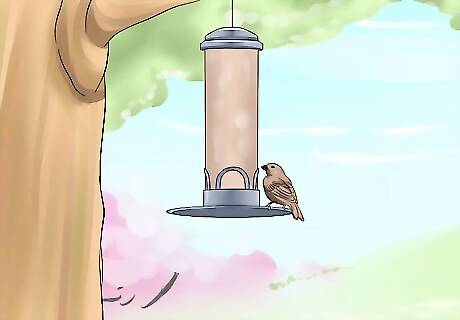
Move your feeder. If your feeder is close enough to the window, birds won’t be able to pick up enough velocity to hurt themselves when flying into it. If it is far enough away, then the bird will be more likely to recognize that the window is not part of the natural environment. Ideally you should place your feeder either less than 3 feet from the window or more than 30 feet from it.
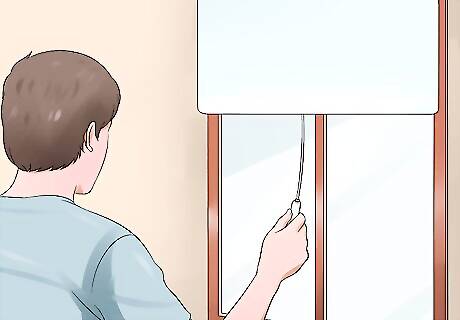
Use white drapery. Birds are drawn to the reflection of the natural environment that they see in your windows. Installing drapes or blinds will obstruct that reflection. This should reduce the likelihood of them flying into your window. You can also place decals on your window. However, to significantly reduce the likelihood of birds flying into the window you will need to have stickers placed no more than 2 inches apart horizontally and 4 inches apart vertically. This would obstruct much of your view.
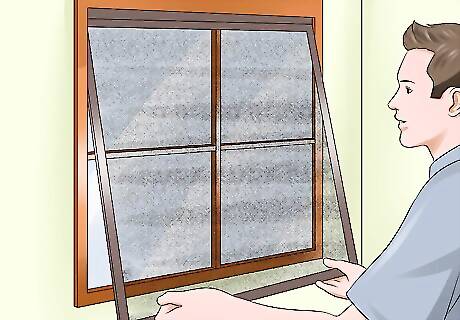
Install a bug screen. These can be doubly effective. They will reduce the reflectivity of the glass, decreasing the likelihood that birds will fly into the window. Furthermore, they will provide cushion and reduce the chance of injury if a bird does fly into your window.













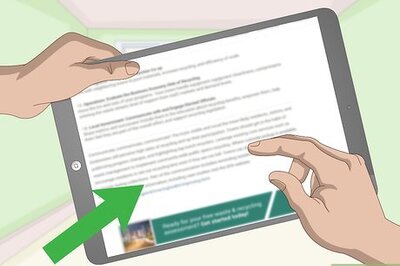
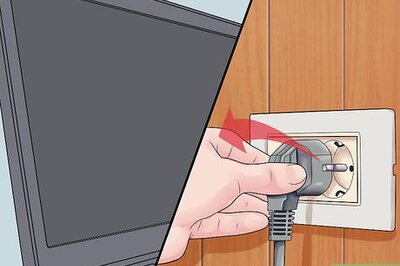



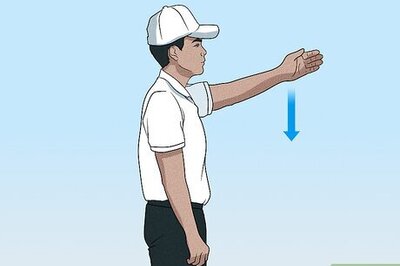

Comments
0 comment